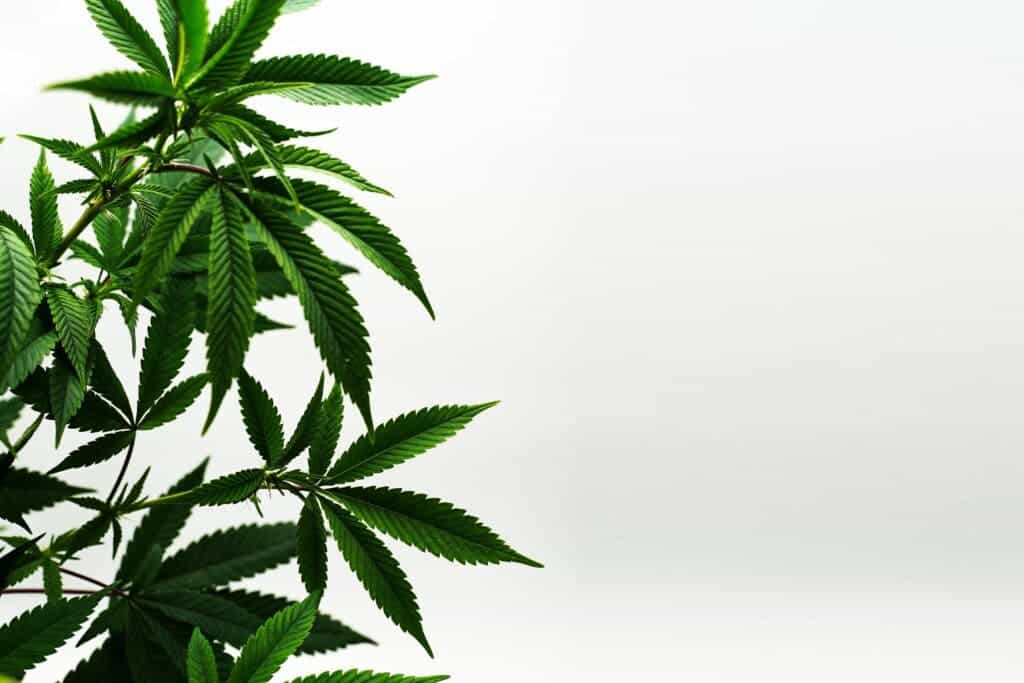Marijuana isn’t just marijuana anymore. There are at least 700 different unique strains of cannabis, with thousands more derived from these. Traditionally, cannabis cultivars are divided into three distinct categories: indica, sativa, and hybrid. However, these labels reflect very little in terms of describing the overall effects of the plant in question.

Take, for instance, this recent study published by researchers at the University of Colorado at Boulder which took on the gargantuan task of analyzing nearly 90,000 marijuana samples across six states where the plant is legalized for recreational use. After analyzing the chemical makeup of each sample, the researchers found that commercial labels “do not consistently align with the observed chemical diversity.”
“Our findings suggest that the prevailing labeling system is not an effective or safe way to provide information about these products,” said co-author Brian Keegan, an assistant professor of information science at UC Boulder. “This is a real challenge for an industry that is trying to professionalize itself.”
The University of Colorado should know a thing or two about cannabis. Along with Washington, Colorado became the first U.S. state to legalize the recreational adult use of cannabis in 2012. Previously, in 2000, 54% of Colorado voters approved Amendment 20, which amended the State Constitution to allow the use of medicinal cannabis for approved patients with written medical consent.
Over time, legal cannabis has ballooned into a multi-billion dollar industry, yet it is not held to the same rigorous standardization as other industries of its size. Although you might find strains with the same name, such as Blue Drem or Gorilla Glue, in different cities or even different states, their effects may differ wildly. The explanation is simple: they’re different products with the same name.
That’s just misleading, which is why Keegan and colleagues are now proposing a marijuana labeling system similar to the nutritional facts panel all foods and beverages sold in the United States are required by law to show.
Although cannabis distributors are required to disclose the dosage of THC (tetrahydrocannabinol) and CBD (cannabidiol), they are not obliged to show information on other compounds. However, cannabis scientists now know that these other compounds can be very important. These include terpenes, volatile compounds that are responsible for the smell and flavor of cannabis, but also a number of synergistic effects that have a lot to say about how using the plant will make the user feel. Research suggests that cannabis terpenes play a considerable role in not only tempering the intoxicating effects of THC, but also creating synergy with phytocannabinoids and even increasing their therapeutic value.
Not all marijuana is the same
In order to assess how similar or different same-name cannabis products around the country might be, Keegan teamed up with cannabis researchers for Leafly, a major cannabis online marketplace that has amassed a huge database of chemical analyses for many different strains from authorized cannabis testing centers.
After combing through 90,000 different samples of cannabis using big data tools, the researchers found that marijuana can be classed into three distinct categories based on both its cannabinoid and terpene content:
- High in the terpenes caryophyllene and limonene
- High in myrcene and pinene
- High in terpinolene and myrcene.
That’s in stark difference from the traditional indica, sativa, and hybrid labels. Sativa strains are supposed to give a more energetic high whereas indica is associated with more relaxing effects and is supposed to make you more sleepy. However, the researchers found samples labeled indica that had an indistinguishable terpene composition from samples labeled sativa.
There was a lot of variation from strain to strain in the consistency of the biochemical makeup of cannabis. Some strains, such as one called White Tahoe Cookies, were surprisingly consistent from product to product, while others, such as one called Durbin Poison, were “consistently inconsistent,” the researchers wrote.
Previously, in a 2021 study, researchers at the Wageningen University & Research and the Canadian Dalhousie University also came to the conclusion that indica and sativa labels on cannabis products are usually wrong or misleading. After analyzing hundreds of samples, they found that the genetic and chemical composition of the tested cannabis often did not match the indica or sativa description. Various cannabis samples sold under the same name, such as ‘Lemon Haze’ or ‘OG Kush’, could be as genetically different from one another as samples with different names.
This kind of inconsistency is highly undesirable, particularly for patients who use cannabis as a medicinal product. This is why Keegan is on a mission to have cannabis products categorized in a more comprehensive manner, based not only on THC and CBD, but also on their terpenes, flavonoids, and other important compounds.
“It’s like if your cereal box only showed calories and fat and nothing else,” said Keegan. “We as consumers need to be pushing for more information. If we do that, the industry will respond.”
The findings appeared in the journal PLOS ONE.









